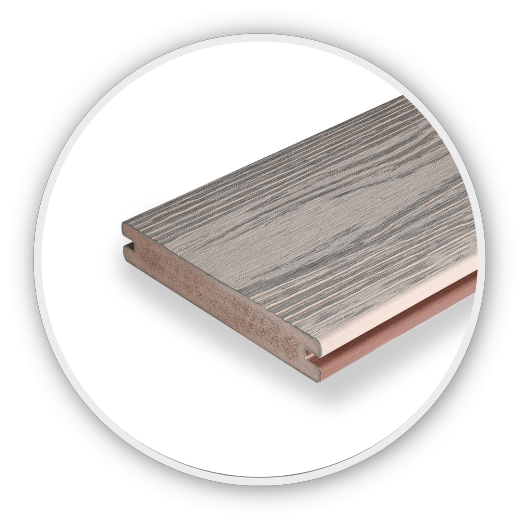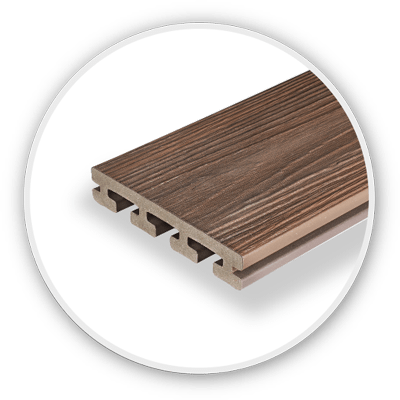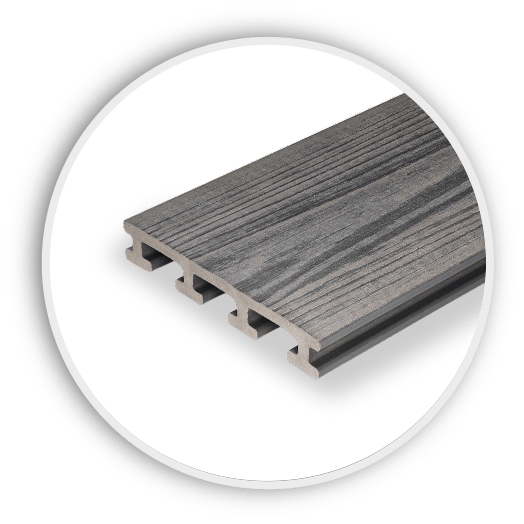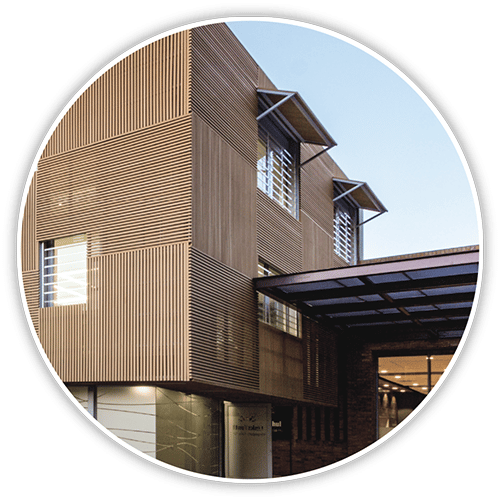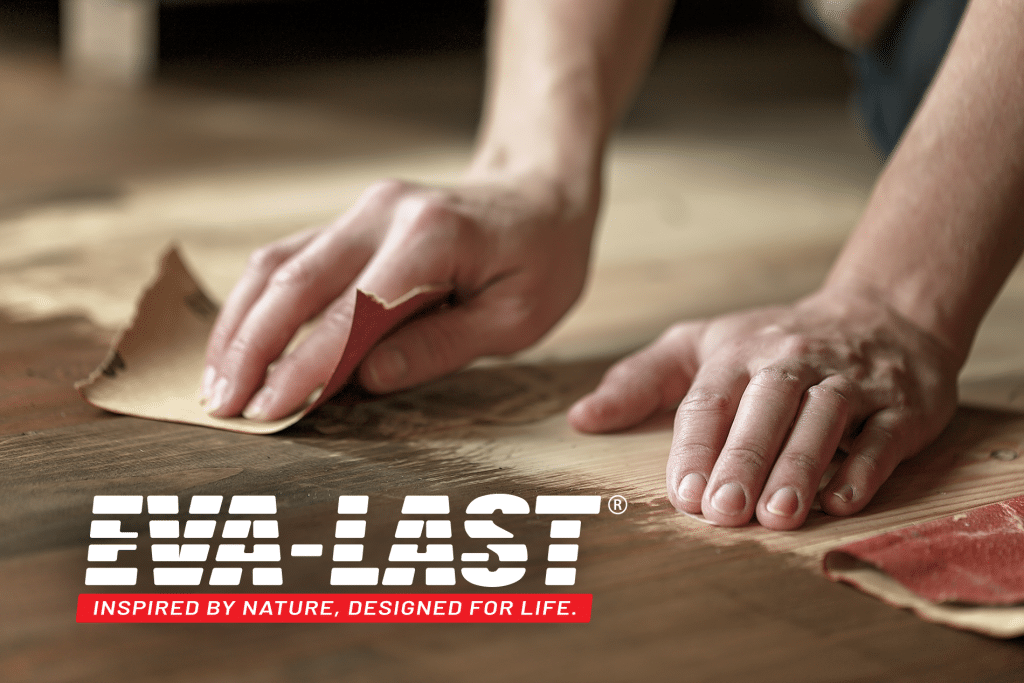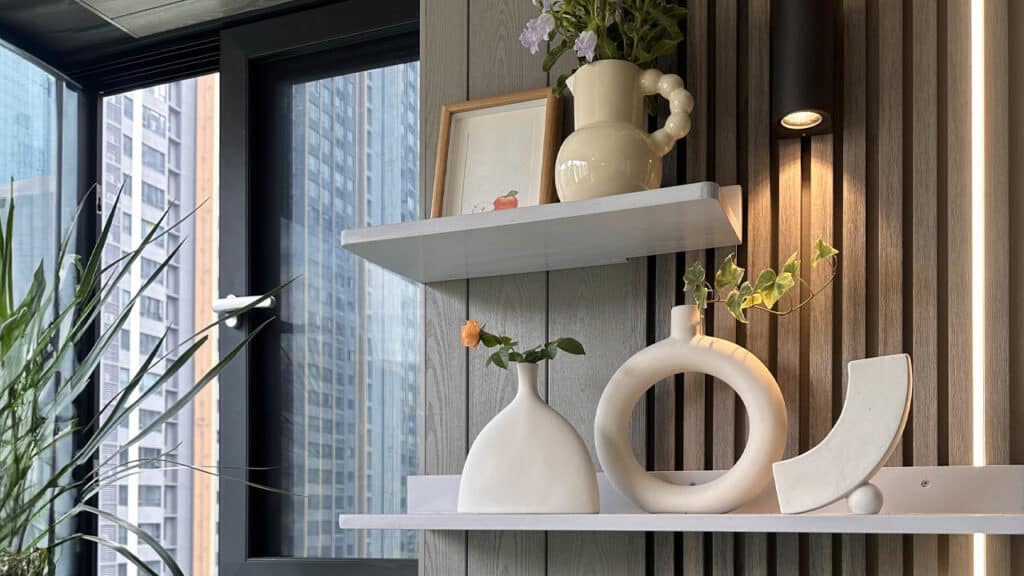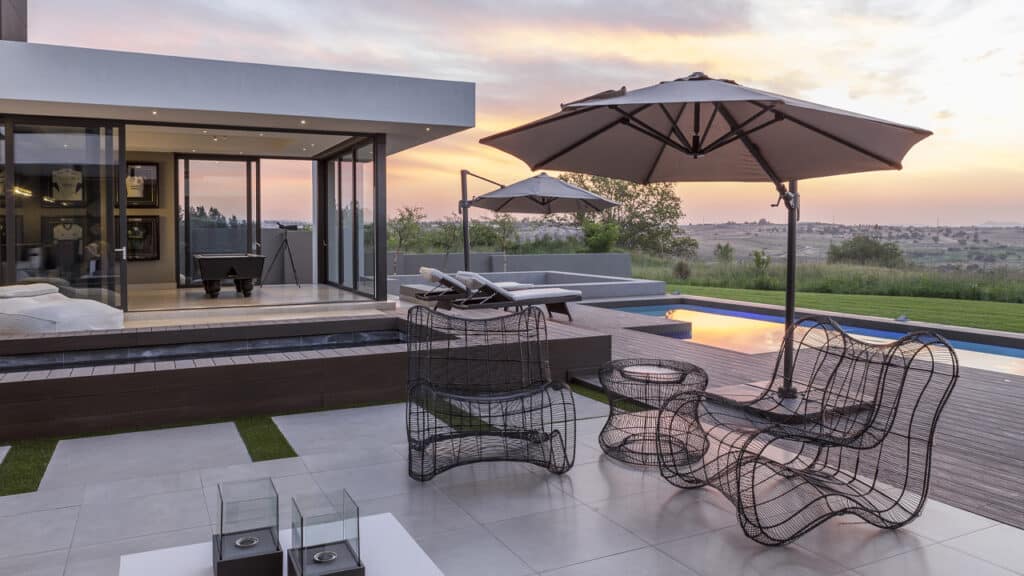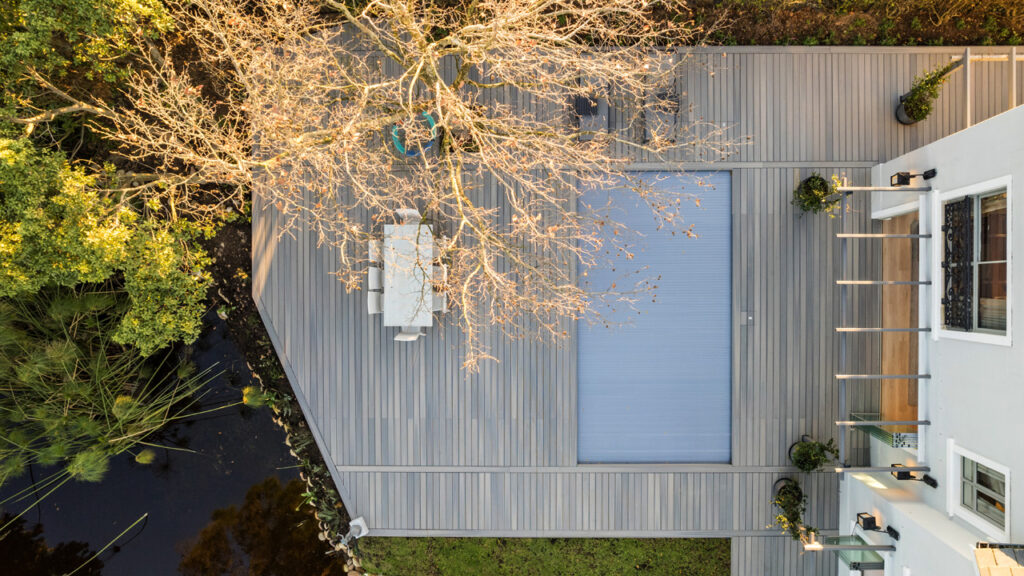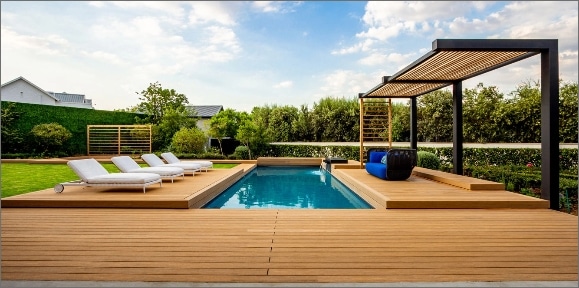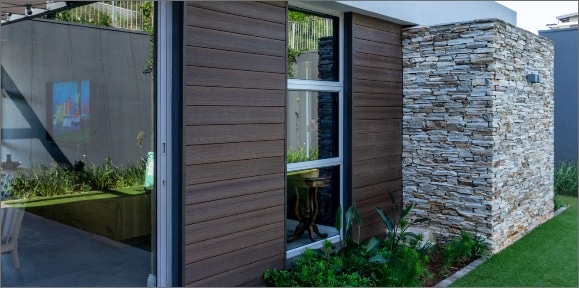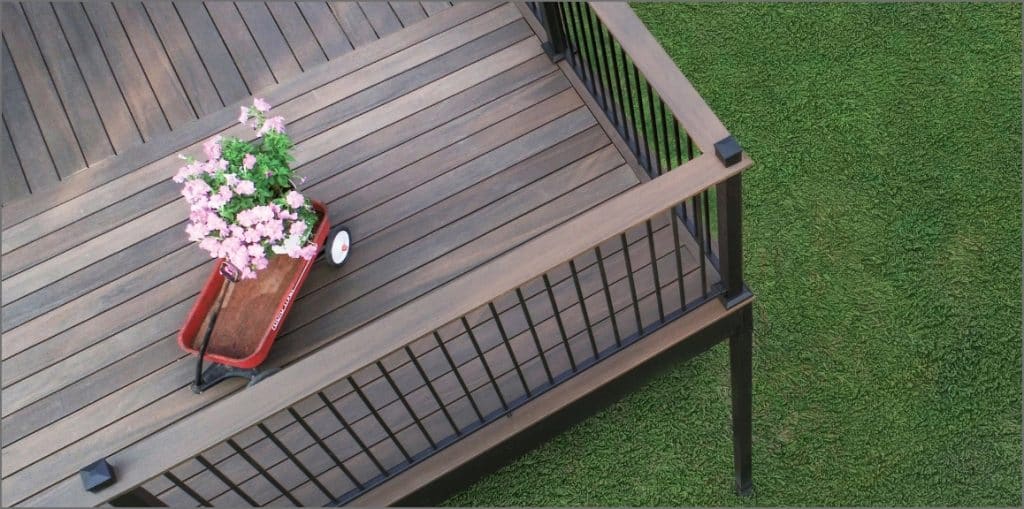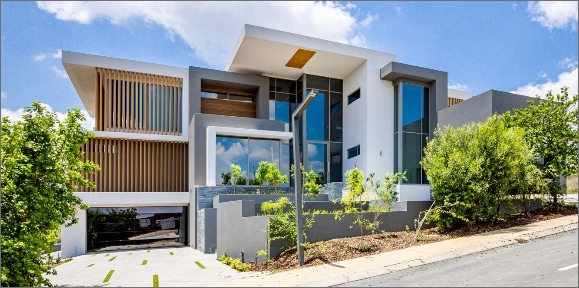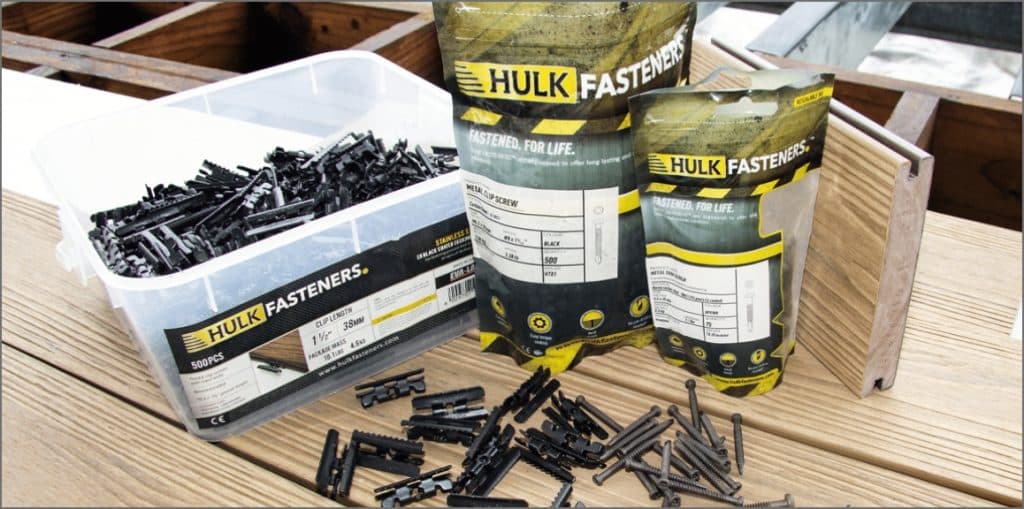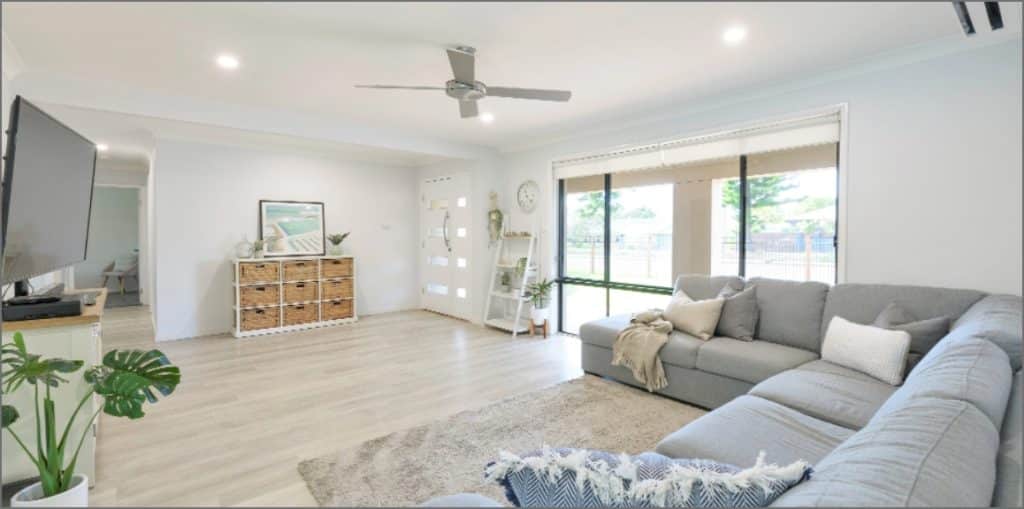Selecting decking materials is not just about aesthetics and ease of installation. For most South African homeowners, the cost of a deck will be the first consideration because it can be a significant investment. However, conducting an upfront comparison of the price of materials and labour will not provide a true reflection of the lifetime cost when it comes to wooden decks subjected to our climate.
The types of hardwoods most used in decking can be relatively inexpensive as planks, but they will require initial surface finishing and regular maintenance at least once a year to keep looking their best. South Africa has one of the highest solar irradiation levels in the world, but while that lends itself to an outdoor lifestyle, it comes with drawbacks for timber decks.
Once installed, a wooden deck will need to be finished and treated with penetrative oils or sealants, many of which will need to be reapplied after a few months as an initial finish and then regularly maintained at least once per year.
For many homeowners, the annoyance and cost of this maintenance regimen can become too much, not realising that skipping maintenance threatens the longevity of their major investment. Even small cracks in the finish of a deck board can allow water ingress, which can cause the board to swell and warp.
Weathering, UV exposure, fastener rust, fungus, insect damage and dirt can raise the maintenance requirements significantly, often calling for complete sanding and refinishing of affected areas or the entire wooden deck.
It is not only the deck materials themselves that suffer from weathering. Typically, wooden deck fasteners begin to rust over time and their hold on timber weakens through heating and cooling cycles as the materials expand and contract. This can cause dangerous situations where fasteners become exposed. By comparison, Eva-Last’s Hulk fasteners are custom-engineered to prevent a build-up of debris, resist rust and are designed to prevent movement and lifting even during the natural expansion and contraction of deck boards during hot South African summers.
Wooden deck installers recommend that deck owners regularly sweep their decks and remove debris, washing their decks regularly and keeping up with maintenance treatments to protect their investments. Even with this maintenance regime, the lifespan of a timber deck usually does not exceed ten years.
The types of hardwoods most used in decking can be relatively inexpensive as planks, but they will require initial surface finishing and regular maintenance at least once a year to keep looking their best. South Africa has one of the highest solar irradiation levels in the world, but while that lends itself to an outdoor lifestyle, it comes with drawbacks for timber decks.
Once installed, a wooden deck will need to be finished and treated with penetrative oils or sealants, many of which will need to be reapplied after a few months as an initial finish and then regularly maintained at least once per year.
For many homeowners, the annoyance and cost of this maintenance regimen can become too much, not realising that skipping maintenance threatens the longevity of their major investment. Even small cracks in the finish of a deck board can allow water ingress, which can cause the board to swell and warp.
Weathering, UV exposure, fastener rust, fungus, insect damage and dirt can raise the maintenance requirements significantly, often calling for complete sanding and refinishing of affected areas or the entire wooden deck.
It is not only the deck materials themselves that suffer from weathering. Typically, wooden deck fasteners begin to rust over time and their hold on timber weakens through heating and cooling cycles as the materials expand and contract. This can cause dangerous situations where fasteners become exposed. By comparison, Eva-Last’s Hulk fasteners are custom-engineered to prevent a build-up of debris, resist rust and are designed to prevent movement and lifting even during the natural expansion and contraction of deck boards during hot South African summers.
Wooden deck installers recommend that deck owners regularly sweep their decks and remove debris, washing their decks regularly and keeping up with maintenance treatments to protect their investments. Even with this maintenance regime, the lifespan of a timber deck usually does not exceed ten years.
The similarity between wooden decks and those made with composite materials ends at the cleaning regime, where we recommend sweeping and then a gentle scrub with a soft brush and a light solution of dish soap. While this treatment on a regular basis will prevent innocuous spills at a braai turning into permanent stains and keep the deck looking its best, that is actually all that is ever required for a composite deck,” says Marc Minne, co-founder and CEO of building materials group Eva-Last.
“With a wooden deck, surface scratches can lead to the surface finish flaking and cracking, while an oil-type finish can leave a waxy residue that makes the deck slippery and a safety hazard. Inevitably, however, all wooden finishes tend to fade and turn grey after enough time in the sun and the homeowner will need to consider replacement,” Minne adds.
With a composite deck, none of this is a concern. The hard surface cap is scratch, stain and water-resistant, while also standing up to harsh UV light in our climate. Eva-Last’s warranties, which last up to 30 years, stipulate resistance to fading, water, fungus, mould, insect damage and a host of other environmental threats. With no sanding and refinishing ever required, no issues develop between or under deck boards out of sight of the owner or in places difficult to access. The only requirement for an Eva-Last warranty to hold, provided it is installed correctly, is that the owner regularly cleans the deck as prescribed.
“It is reasonable to expect that owners do not leave stains indefinitely because even innocuous substances could cause a problem if left uncleaned for too long,” Minne explains.
Scourers, bleaches, abrasives and substances not typically associated with deck use such as strong chemicals are a no-no for composite decks, as resistant as their outer layers are. “The only tools required are those commonly found in a home, such as a broom, a scrubbing-brush and a bucket because stains will not penetrate the outer cap layer. There is no need for bleaches, ammonia-based products, steam or heavy scourers. With just some gentle cleaning, an Eva-Last deck will keep looking as it did on day one for decades to come,” Minne says.
While both timber and composite decks will need to be cleaned regularly as basic requirements to keep them looking their best, that is where the similarity ends. The necessary maintenance of wooden decks adds to the lifetime cost for the owner – a factor which is seldom taken into account at purchase time.
“There are now many more options available to South African homeowners considering such an investment into their home. Fortunately, the advancement of building materials now means that the total cost of a deck can be known upfront, providing peace of mind to the buyer,” says Minne.
With a composite deck, none of this is a concern. The hard surface cap is scratch, stain and water-resistant, while also standing up to harsh UV light in our climate. Eva-Last’s warranties, which last up to 30 years, stipulate resistance to fading, water, fungus, mould, insect damage and a host of other environmental threats. With no sanding and refinishing ever required, no issues develop between or under deck boards out of sight of the owner or in places difficult to access. The only requirement for an Eva-Last warranty to hold, provided it is installed correctly, is that the owner regularly cleans the deck as prescribed.
“It is reasonable to expect that owners do not leave stains indefinitely because even innocuous substances could cause a problem if left uncleaned for too long,” Minne explains.
Scourers, bleaches, abrasives and substances not typically associated with deck use such as strong chemicals are a no-no for composite decks, as resistant as their outer layers are. “The only tools required are those commonly found in a home, such as a broom, a scrubbing-brush and a bucket because stains will not penetrate the outer cap layer. There is no need for bleaches, ammonia-based products, steam or heavy scourers. With just some gentle cleaning, an Eva-Last deck will keep looking as it did on day one for decades to come,” Minne says.
While both timber and composite decks will need to be cleaned regularly as basic requirements to keep them looking their best, that is where the similarity ends. The necessary maintenance of wooden decks adds to the lifetime cost for the owner – a factor which is seldom taken into account at purchase time.
“There are now many more options available to South African homeowners considering such an investment into their home. Fortunately, the advancement of building materials now means that the total cost of a deck can be known upfront, providing peace of mind to the buyer,” says Minne.


